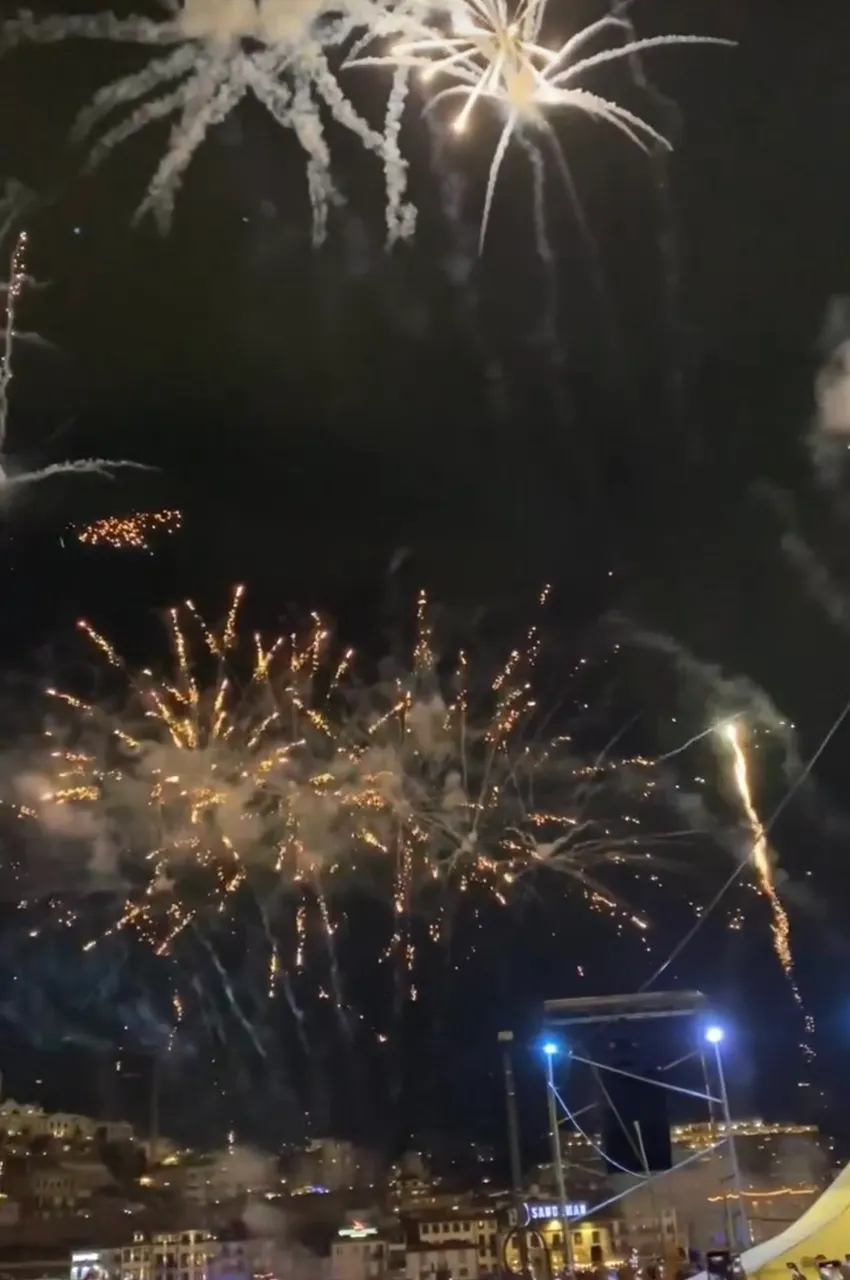Hi everyone, as I told you yesterday today I'm going to tell you a little about one of my favorite parties. Sao Joao in Porto. There is no São João like in Porto 💖
From the youngest to the oldest, everyone celebrates St. bonfires, offering basil with traditional courts or watching the fireworks over the Douro River, where everyone gathers at midnight to enjoy the show with the best view over the city.

As tradition dictates, sardines are roasted in any corner of the city and music and dancers are everywhere to liven up the night.
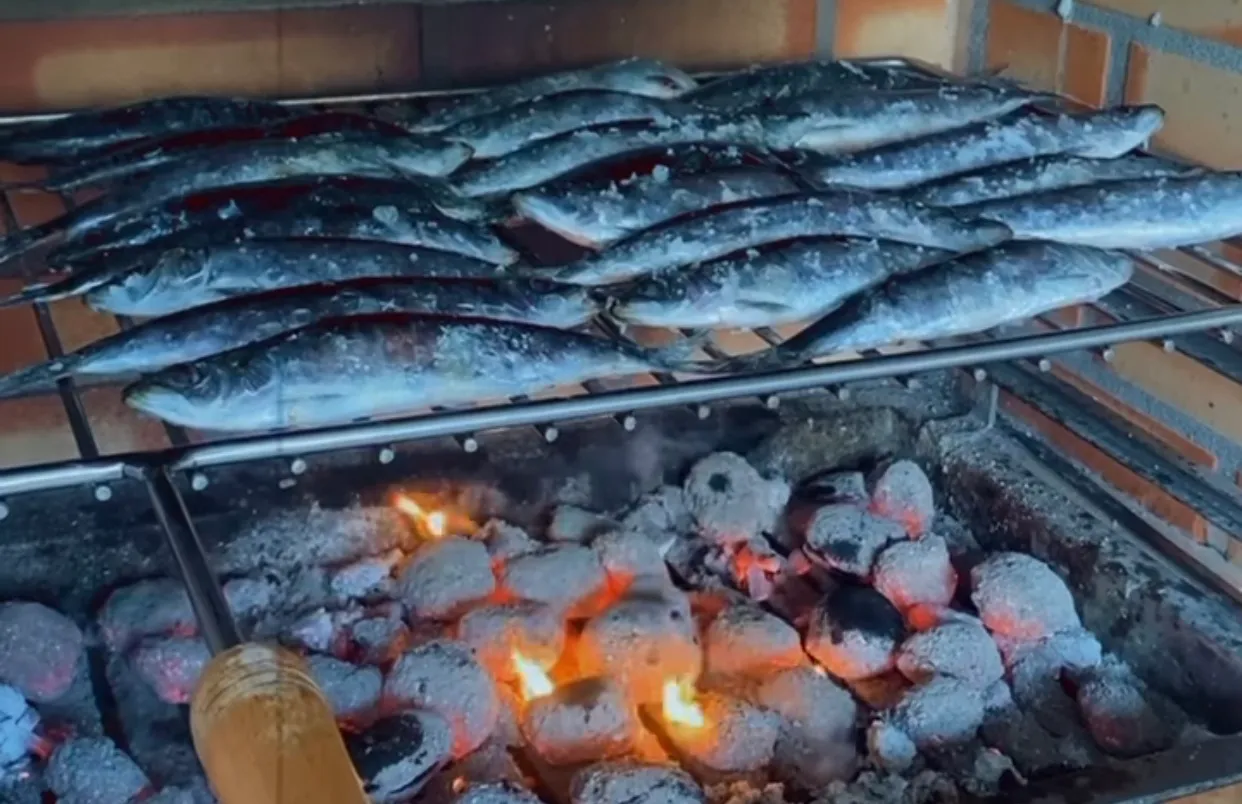
The party only ends at dawn and the most resistant end the night walking along the waterfront, from Ribeira to Foz do Douro, where they wait for the sunrise.
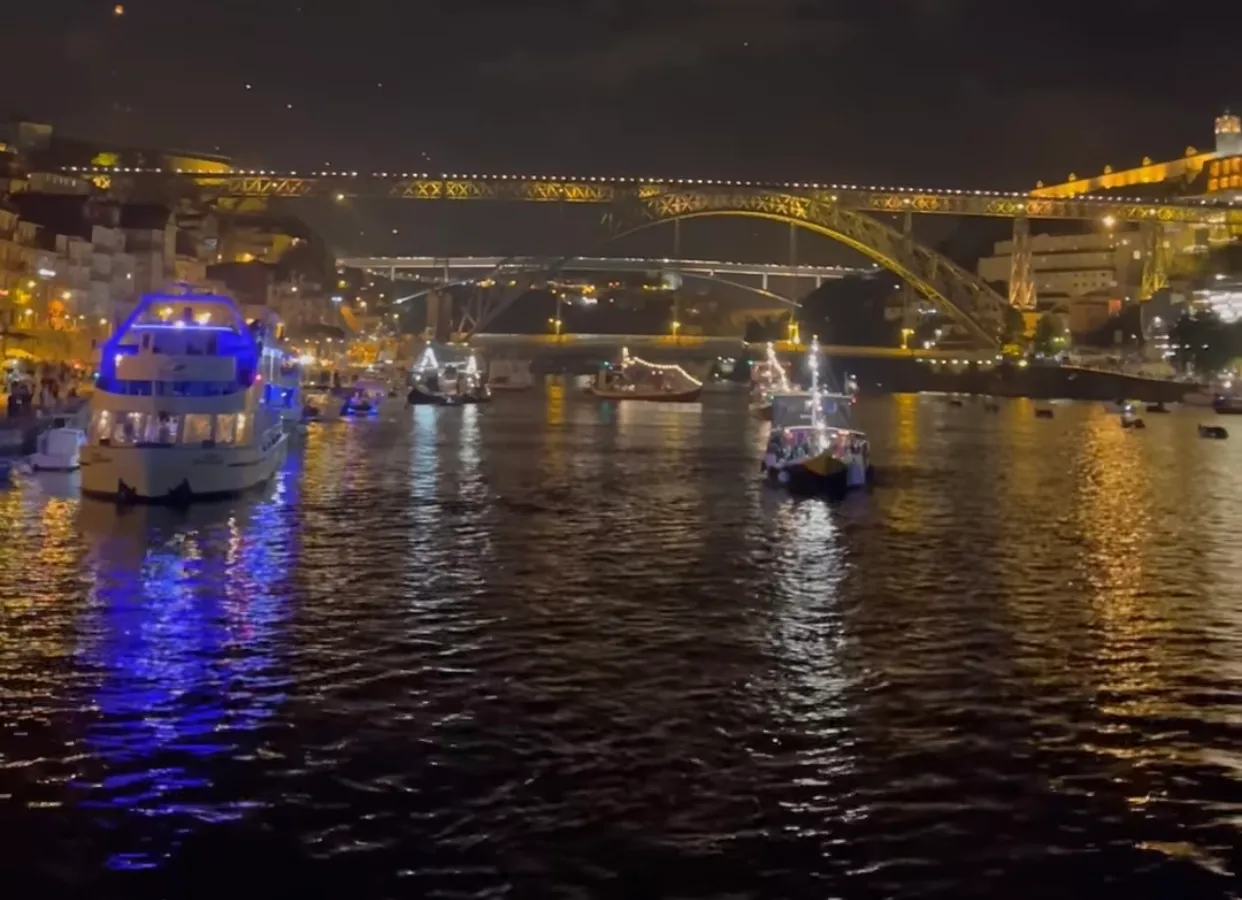
Despite being one of the most celebrated popular saints throughout Europe, no city celebrates São João like Porto, in a popular manifestation that draws crowds to the streets, infecting each of the city's neighborhoods and parishes, enthusing all who participate or discover this party for the first time.

Due to its unique and special characteristics, but also due to the increased quality and diversity of its programming, the Festas de São João are today one of the city's anchor events and an already inseparable brand of Porto, reinforcing its presence in the international tourist scene, namely , for this association with unique and differentiating events in Porto.
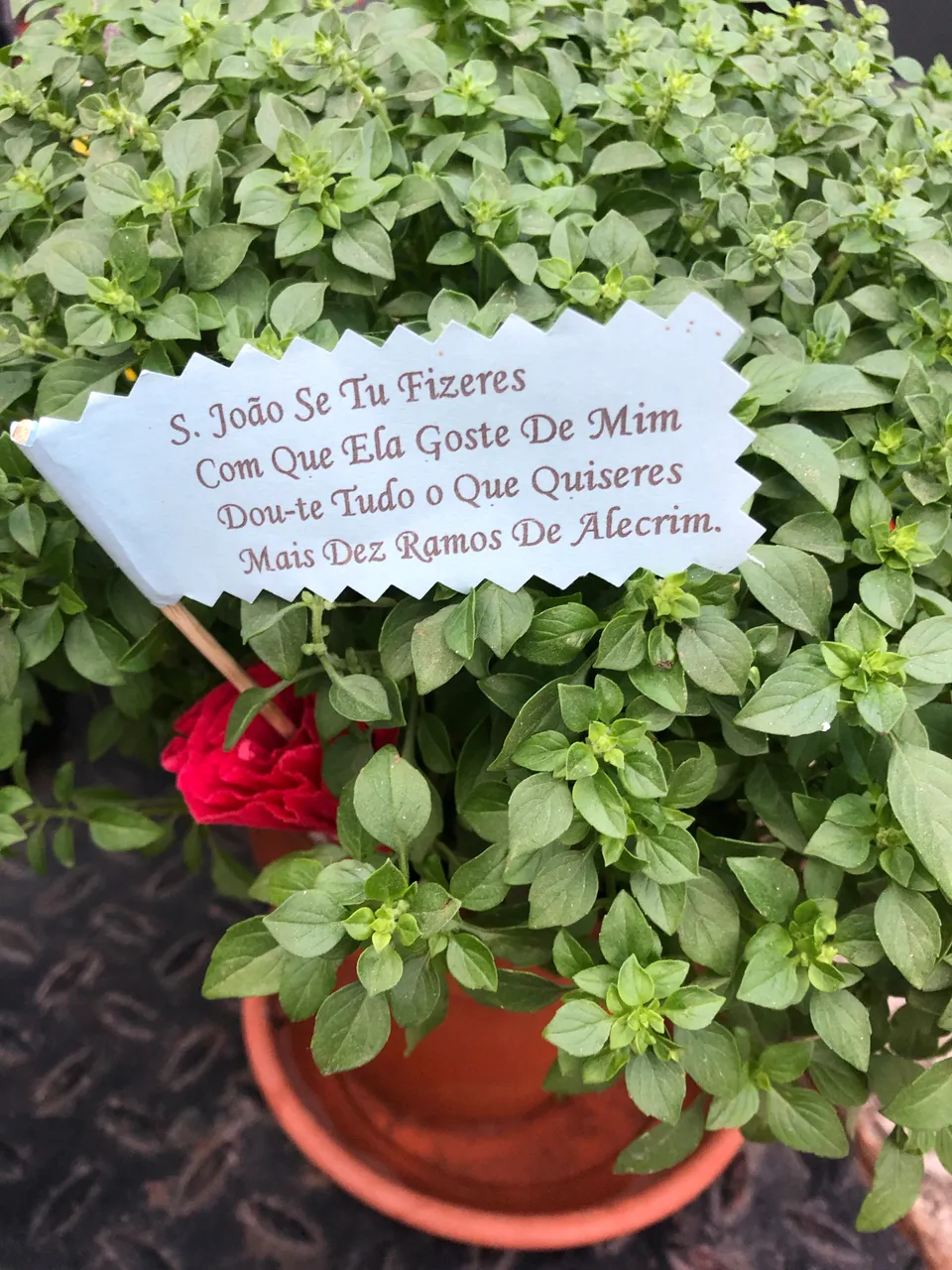
Despite having as its peak the night of the 23rd to the 24th of June, the official program of the Festas de São João extends throughout the month of June, with a vast agenda that includes multiple entertainment initiatives, ranging from music to sports. , passing through the traditional raids, arraiais and bailaricos.
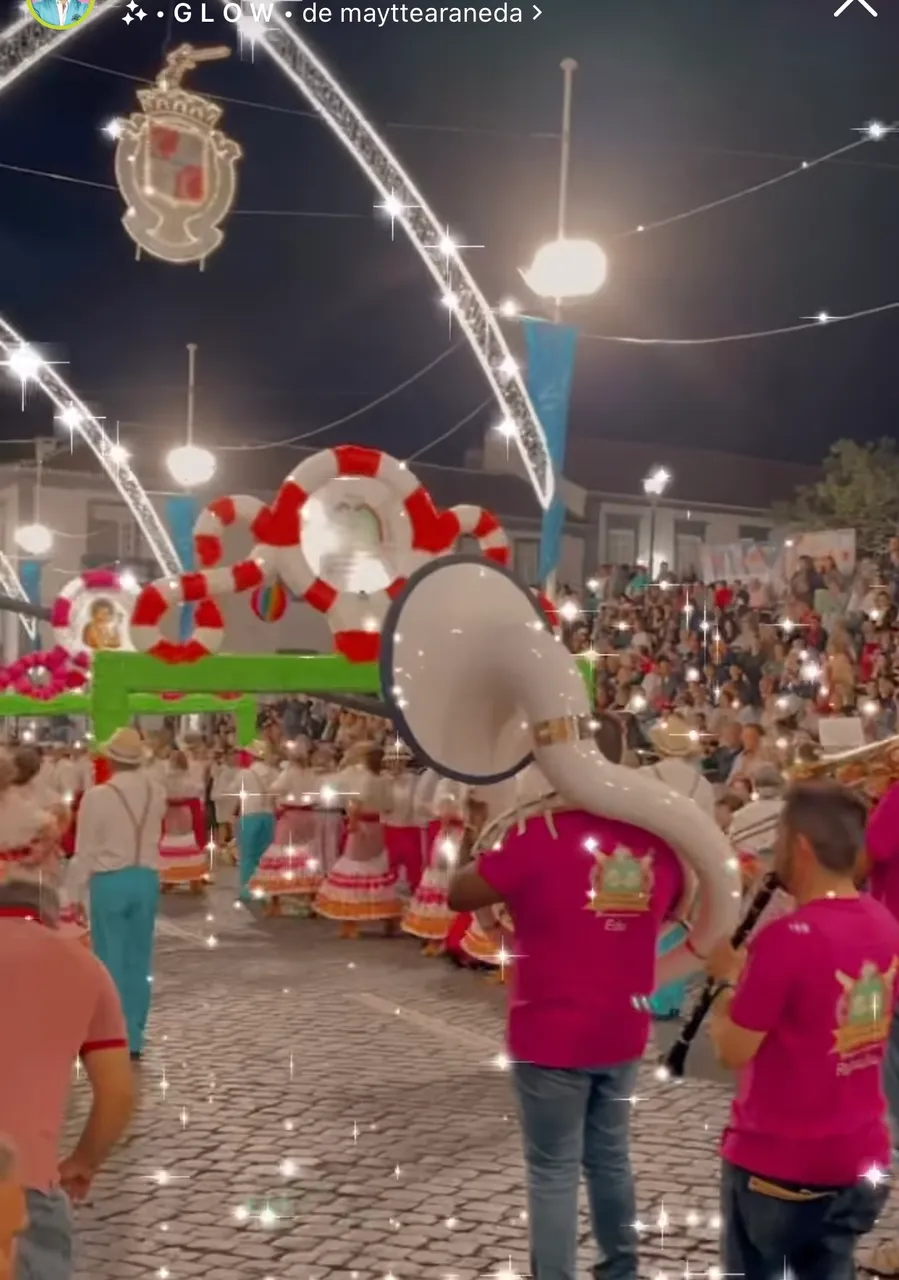
THE ORIGIN OF SAINT JOHN
With origins in the 14th century, São João was initially a pagan festival, worshiping the God of the Sun, in celebration of harvests and abundance. Later, similarly to what happened with the Shrovetide, the Church Christianized this pagan festival, celebrating the birth of Saint John the Baptist on the 24th of June.


But the festival of São João do Porto has its origins in the June solstice. It was part of the ritual of this pagan festival to buy a leek, which was then hung on the main wall of the house to bring luck and fortune, staying there until it was replaced by another the following year.
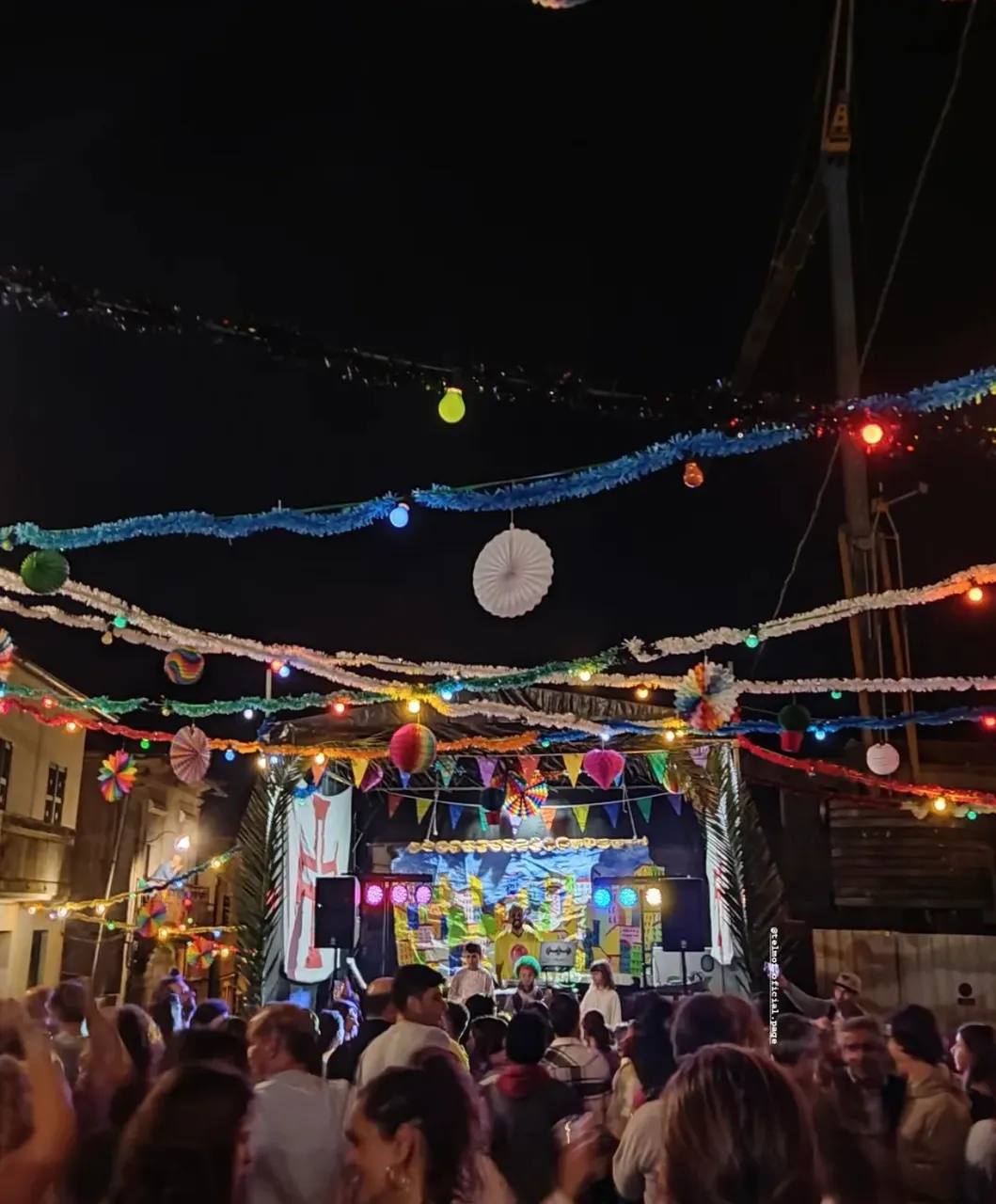
On the night of June 23, groups of families left the neighborhoods on foot towards Fontainhas to see the São João waterfall and along the way bought from the farmers not only the traditional leek, but also other symbolic vegetables, such as pots of basil. and branches of lemon balm and cloves.
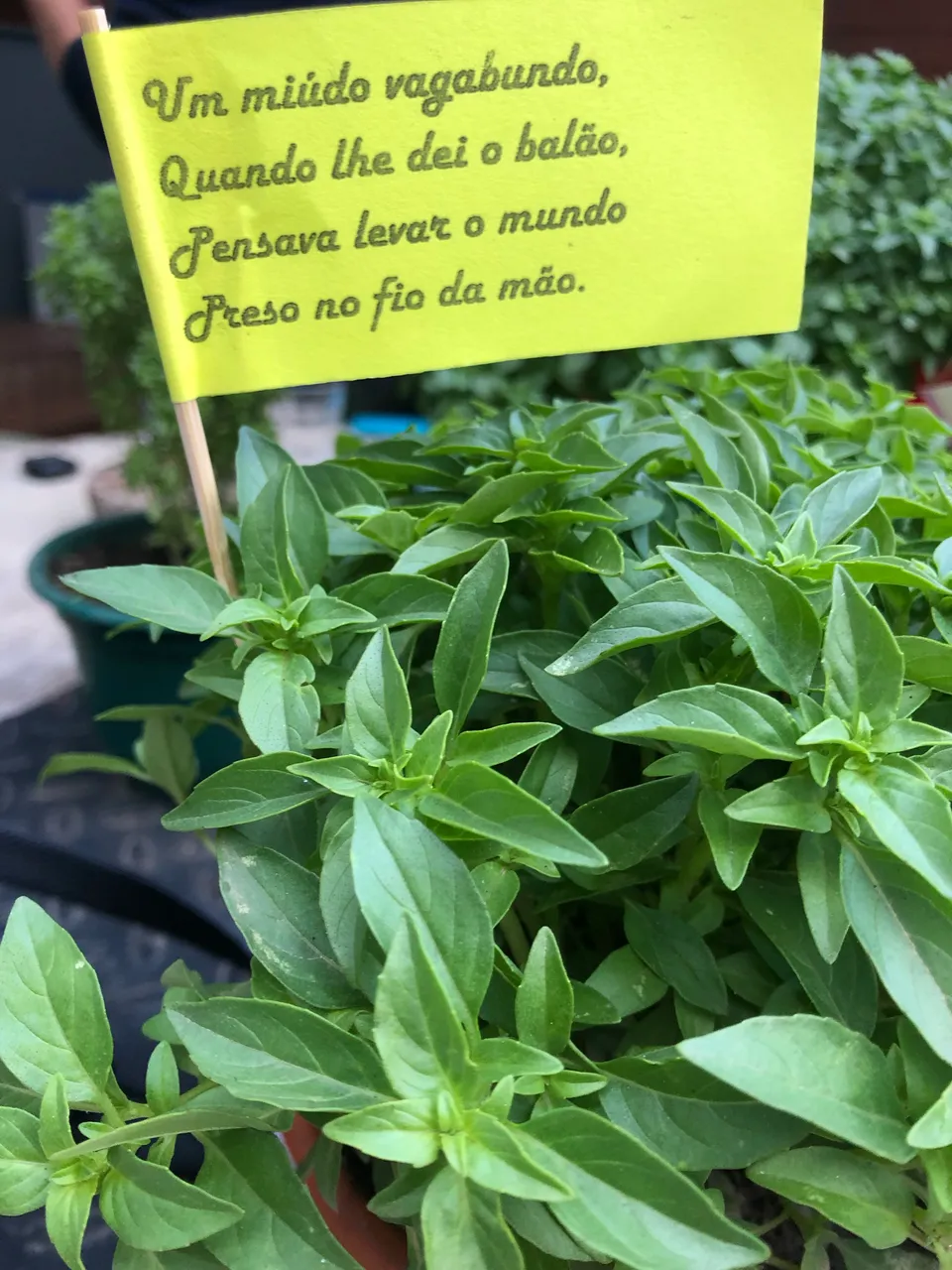
The festivities of São João in the city of Porto are already secular, but it was only in the 20th century that the 24th of June became a municipal holiday in Invicta, providing a well-deserved day of revelry to thousands of tripeiros.

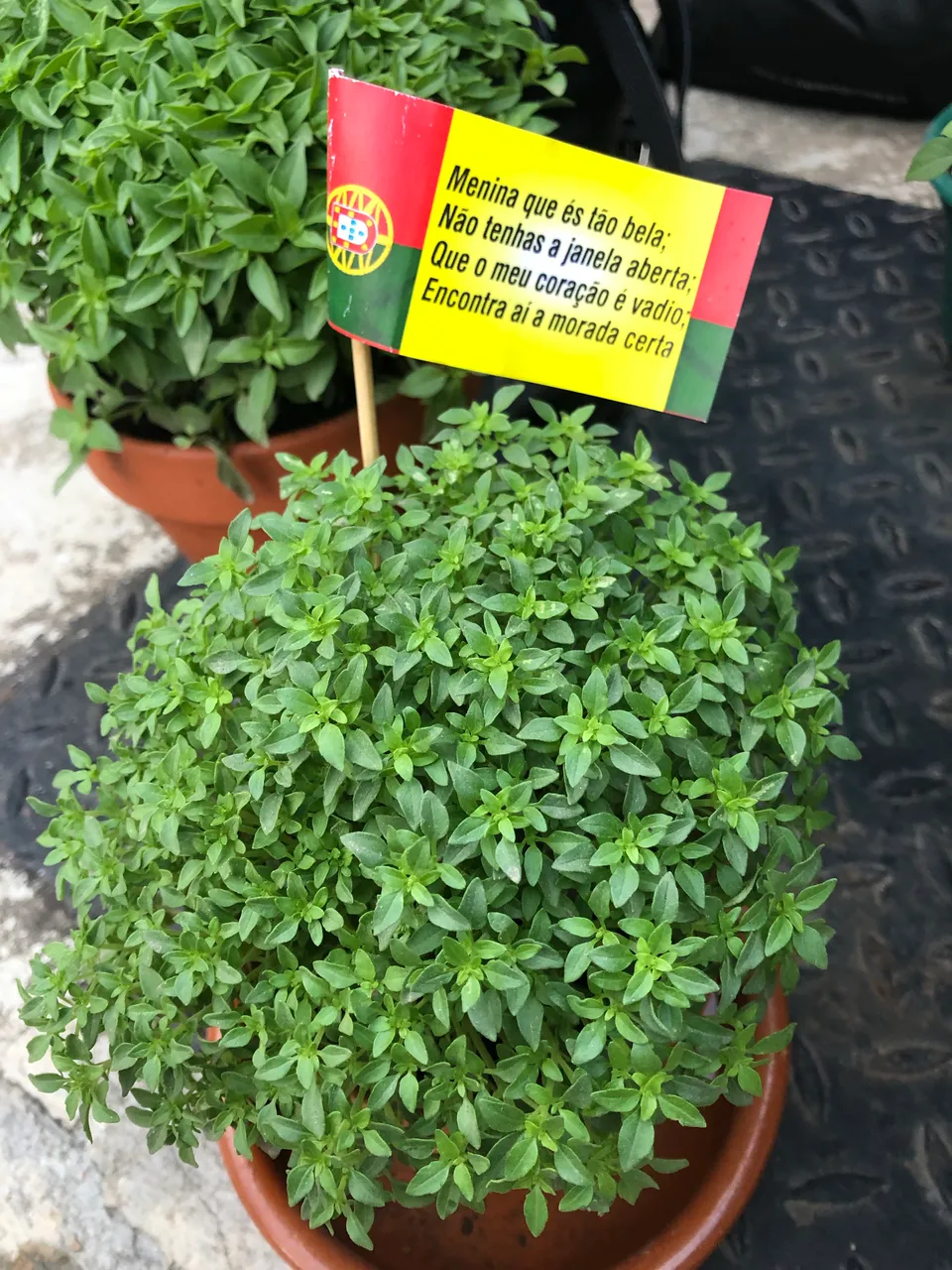
The first allusion to popular festivities dates back to the 14th century, by the famous chronicler of the kingdom, Fernão Lopes. In 1851, the newspapers reported the presence of about 25 thousand people in the Sanjoanino festivities between the Clérigos and Rua de Santo António and, in 1910, an equestrian competition integrated in the festivities motivated the presence of the Infante D. Afonso.
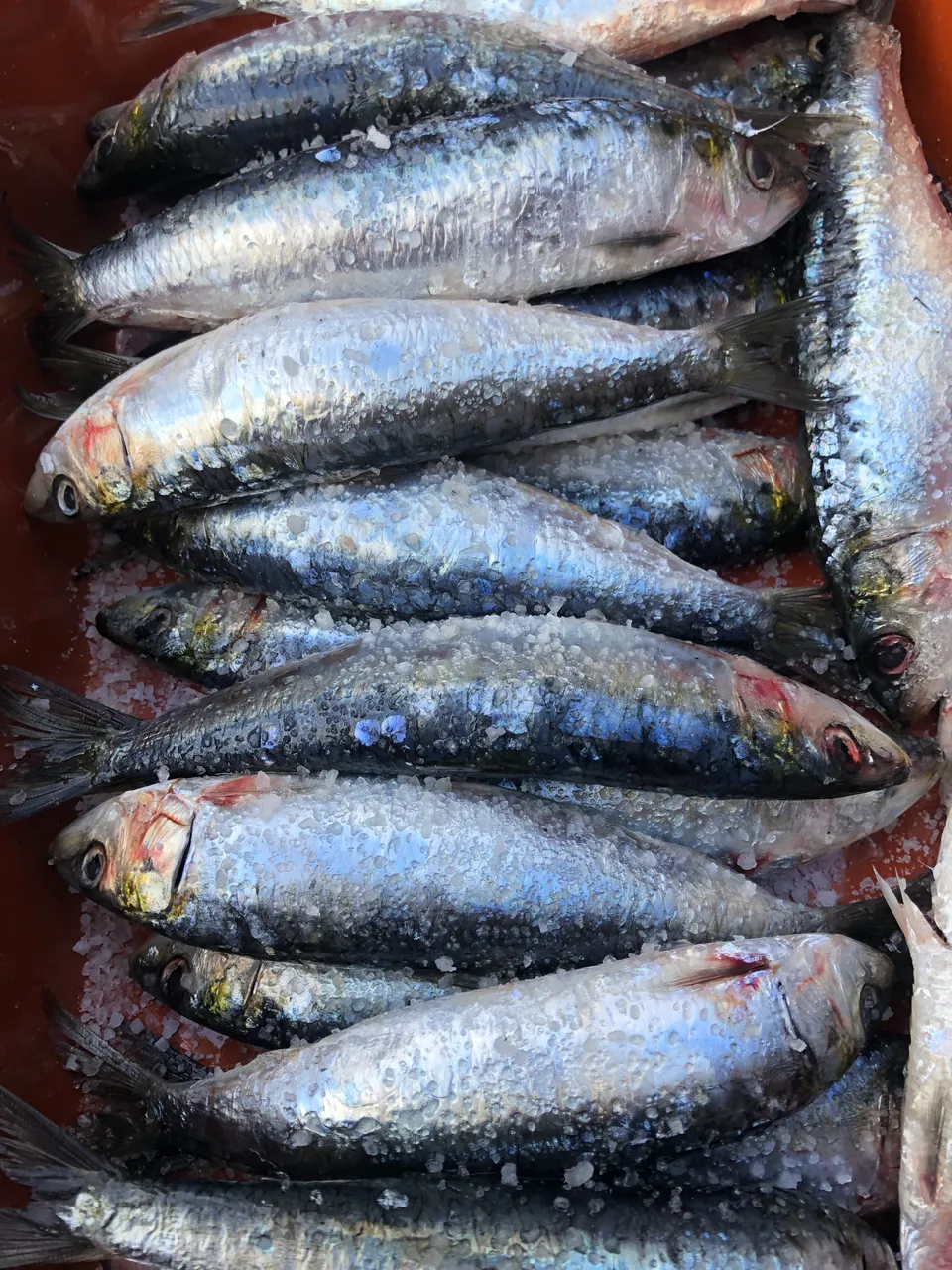
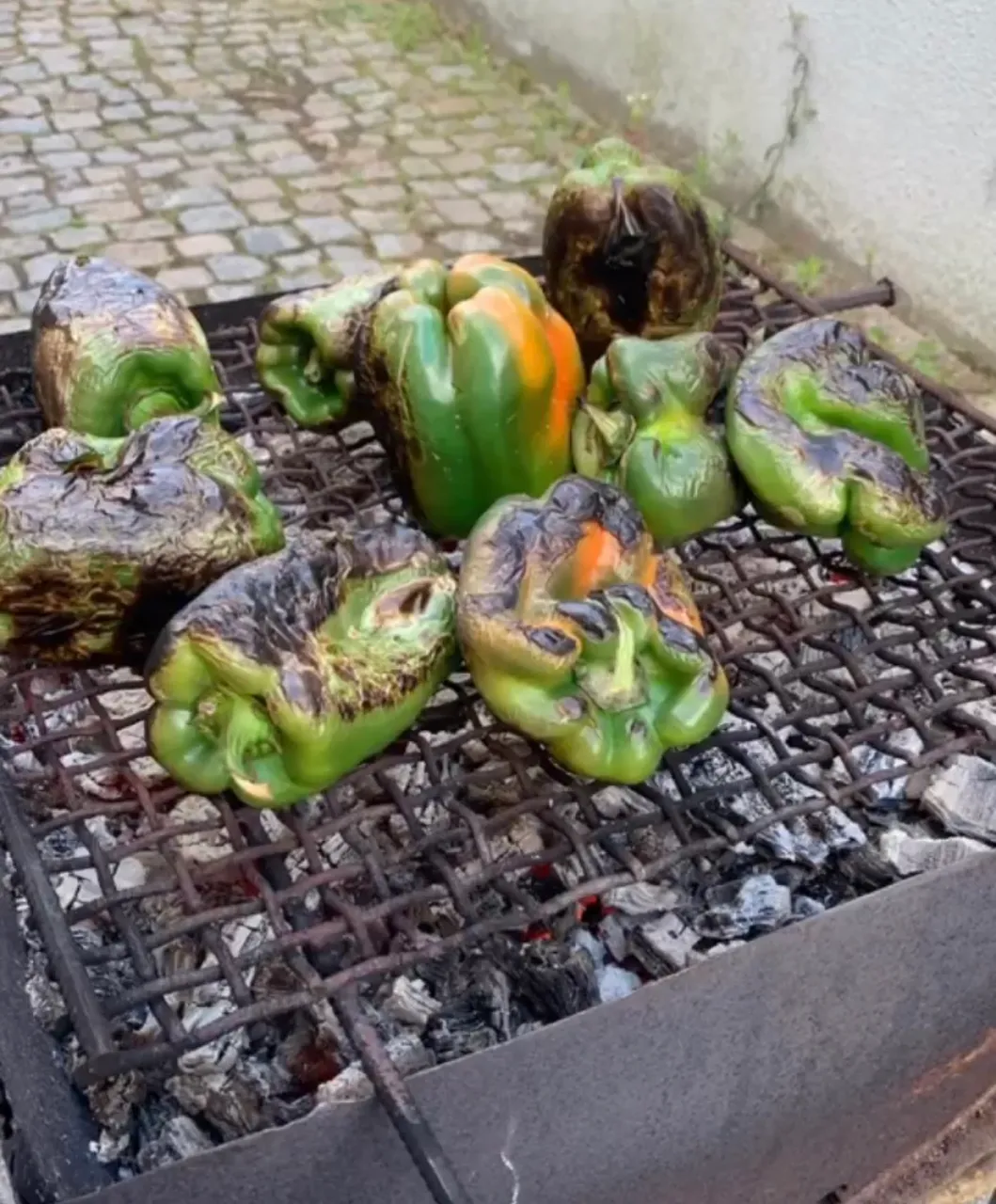
I hope you like it, see you soon friends 💖
